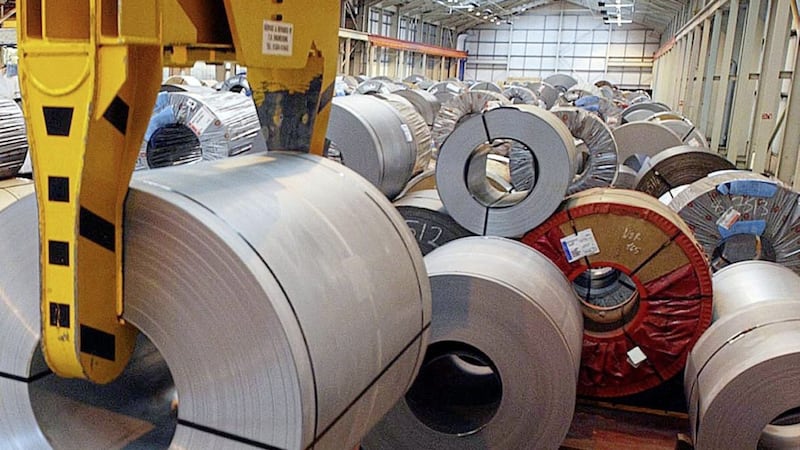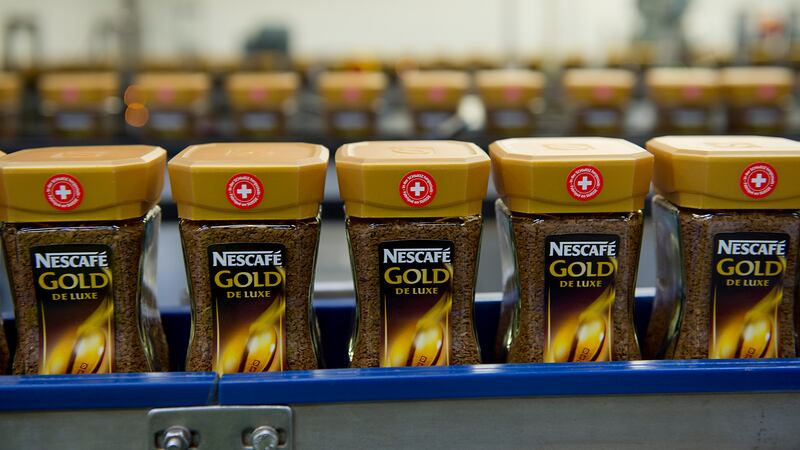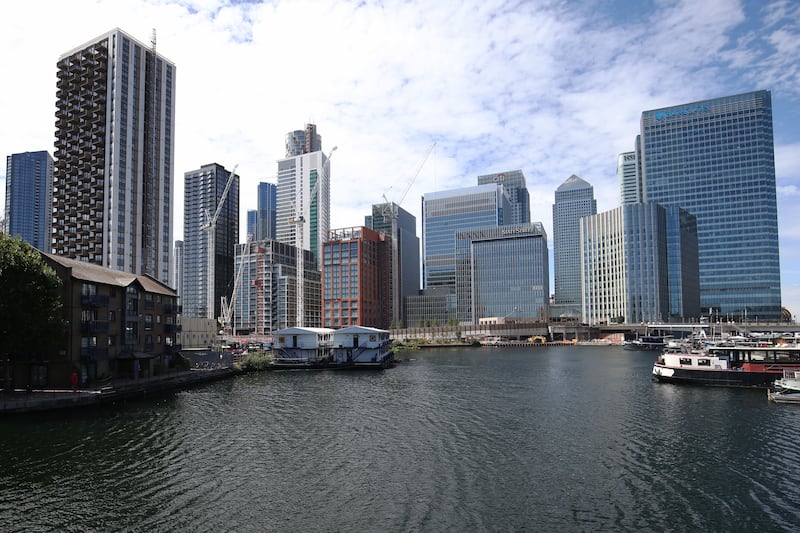TWO surveys for the second quarter of 2019 revealed surprisingly strong output performance for the north's industrial (mostly manufacturing) and services sectors.
The services output grew at its highest rate in a decade in the second quarter - up 8.8 per cent on the previous three months (the fastest pace of growth in five quarters) and 0.5 per cent higher year on year.
And production in Northern Ireland also increased by 1.2 per cent over the quarter and 3.6 per cent over the year.
Both sets of figures were stronger than expected, according to economists, and was largely driven by the consumer sensitive sector - wholesale and retail trade; repair of motor vehicles and motor cycles; accommodation and food service (effectively retail and the tourism/hospitality).
But they could also provide a false sense of security, according to Ulster Bank chief economist Richard Ramsey.
He says Northern Ireland’s superior performance is likely to have been due to the continued boom from the tourism industry, where the build-up for The Open in July providing a positive boost for the hospitality sector.
The north's business services and finance sector also posted encouraging rates of growth (0.6 per cent q/q and 2.8 per cent y/y) which exceeded the UK average.
The other two services sub-sectors - transport, storage, information and communication; and 'other' - both recorded no growth over the quarter and declines relative to a year ago. Indeed the former posted its sharpest year-on-year decline (minus-6.5 per cent y/y) in 13 years.
A number of manufacturing industries posted multi-year highs and lows. Textiles, for example saw output soar by a spectacular 35 per cent over the year to a 14-year high.
Mr Ramsey said: "Stockpiling ahead of the initial Brexit deadline of March 29 was a factor behind significant rates of growth in Q1. For example, a number of manufacturing sub-sectors posted quarterly growth in excess of 20 per cent.
"It had been anticipated that there could be significant falls in quarter two, reflecting a winding down of these stockpiles. But the anticipated whipsaw in stockpiling hasn’t occurred to the same degree as in the UK.
"Some sectors such as the manufacture of chemicals and pharmaceutical products and basic and fabricated metal products did see sizeable falls of around 5 per cent over the quarter, but this represented only a modest unwinding of the stockpiling surge that occurred on the run-up to March 29."
He added: "It remains to be seen whether there will be further ramping up of stockpiles ahead of the new October 31 Brexit deadline. Or, as appears to be the case in quarter two, that manufacturing firms continue to maintain relatively high levels of output / stock.
"But a wider downturn in global manufacturing reflects that underlying demand irrespective of Brexit disruption is waning"
Meanwhilethe European Central Bank has launched a new round of monetary stimulus to support economic growth in the face of uncertainties like the US-China trade conflict and Brexit.
The central bank for the 19 countries that use the euro said it would cut the rate on deposits it takes from banks to minus 0.5 per cent from minus 0.4 per cent.
That is a penalty rate that pushes banks to lend excess cash.
It also said it would purchase €20 billiona month in government and corporate bonds for as long as necessary.
The purchases pump newly created money into the financial system to lower borrowing costs and raise inflation.
The bank also extended a promise to keep rates at record lows for as long as necessary.








